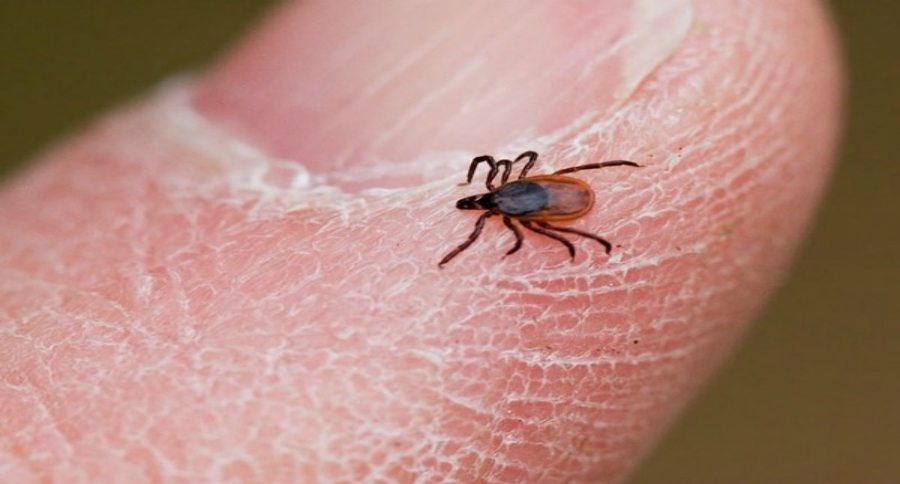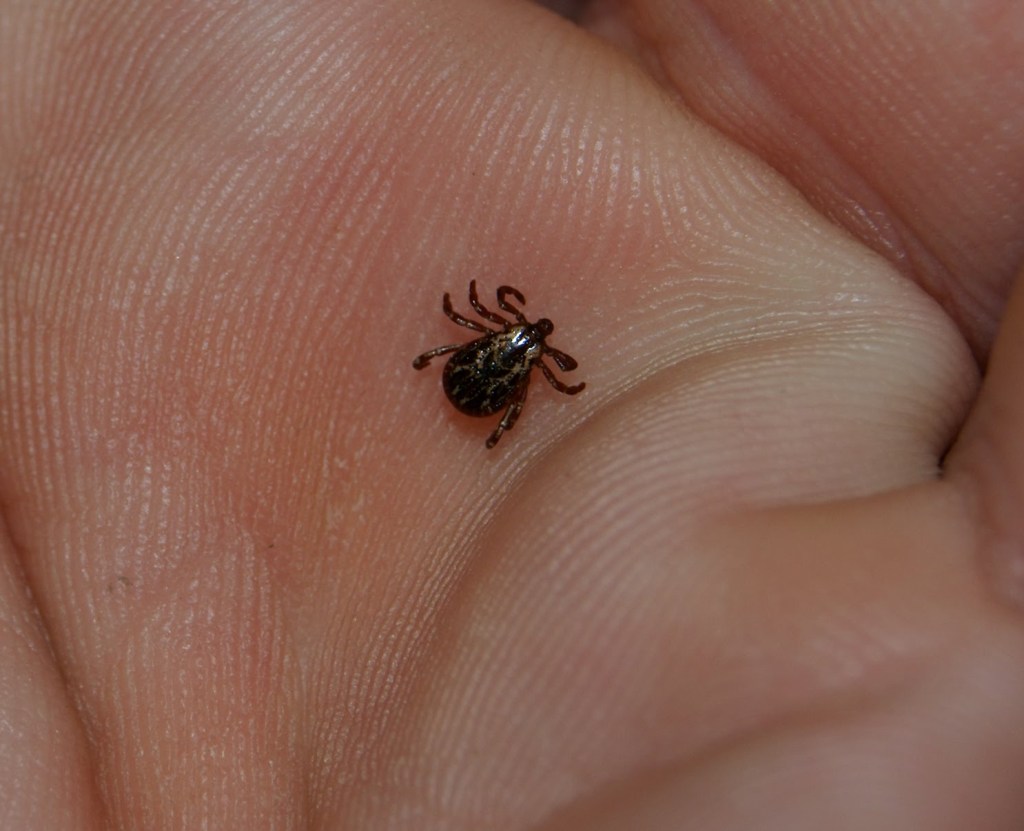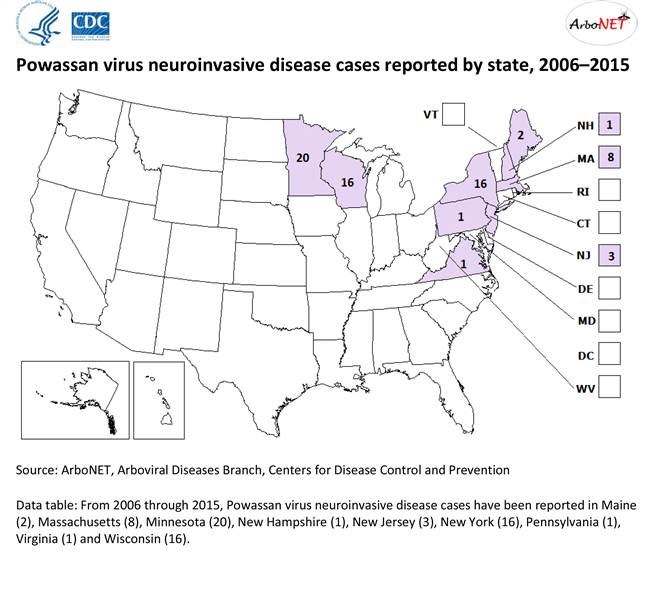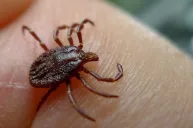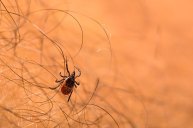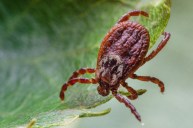When you live in the outdoors, ticks are a serious problem and a real danger. That danger may soon turn into a bigger problem.
As if Lyme disease isn't troubling and scary enough for someone who is in the woods a lot, experts are warning and spreading the word on a more serious tick-borne disease that may be emerging, the Powassan Virus.
If you are anything like me, springtime has you outside a lot. Shed hunting, then mushroom hunting, fishing, and of course turkey season. Which leaves you very open to ticks. At this point, I believe I have found 28 ticks on me, but only five attached.
So this is the news that neither I, nor any other outdoor enthusiast, wants to hear. But according to Today.com, the Powassan virus, which is a far rarer and more deadly pathogen than the bacterium that produces Lyme, is also transmitted by the deer tick. The virus can cause inflammation in the brain, which leads to death or permanent disability in 60 percent of cases.
Up to this point, 75 instances of the severe disease have been reported and confirmed to the Centers for Disease Control and Prevention. In Connecticut, a 5-month-old baby was diagnosed after it developed neurological symptoms.
Dr. Jennifer Lyons, chief of the division of neurological and inflammatory diseases at the Brigham and Women's Hospital and an assistant professor of neurology at the Harvard Medical School, went on to tell Today "The bottom line is that we should be very scared of it because nobody is safe from it," As well as letting us know that there is reason for concern as she went on to say "And it could be that it is emerging and will explode over the next few years."
Unfortunately, the virus is capable of being transmitted from a tick to a human in as little as 15 minutes. Lyme bacterium, on the other hand, needs 24 hours to be transferred. Obviously this is very worrisome.
The virus has been around since the 1950s. But until now it wasn't making news because it was found in ticks that didn't bite humans. Now that the virus has been found in deer ticks, a tick that bites humans on the norm, the concern is very large.
Below is the reported cases by state so far, showing most northeast and northern states.
As of now, experts are unsure of how many actual people are infected with the Powassan virus, but that "many, many more" may be, but only showing very mild symptoms.
There currently is no treatment for the disease, and that is what frightens the experts. There is no indication of how far or fast the virus can spread at this point in time either.
Ann Powers, chief of virology activity in the arboviral diseases branch at the CDC, gave us a little insight to her thoughts, "Regarding the question of whether or not there will be a huge outbreak like there was with Lyme, I would hope not," Powers said. "We're trying to identify the trends that would signal that type of emergence."
Many studies and experts are showing different results on whether they think the virus will spread fast. The one common theme they all agree on is that the virus becomes deadly once you have it.
"The virus goes up to the brain and attacks the parts that keep you awake, keep your heart rate steady, and your breathing drive going," Dr. Jennifer Lyons explained.
For those that do fall victim of this terrible disease, it can be rather somber. Stats show 10 % die and 50% find themselves with a neurological disability in some shape or form.
So, keep an eye out for ticks, and use all preventive measures possible when heading outside. Obviously there is no need for panic, but to keep this news on the radar until more research has been done and experts have a better hold on what is going on.
Did you enjoy this post? CLICK HERE to view more articles by Colton Bailey. You can also follow him on Facebook CB Outdoors and Hunting and Fishing Memes, and Instagram Ultimate Outdoors.
NEXT: GRAPHIC: You Won't Believe What Kind of Gun Resulted in This Hunting Accident
WATCH
